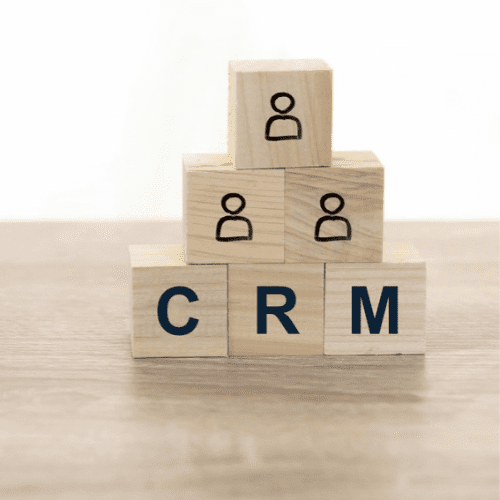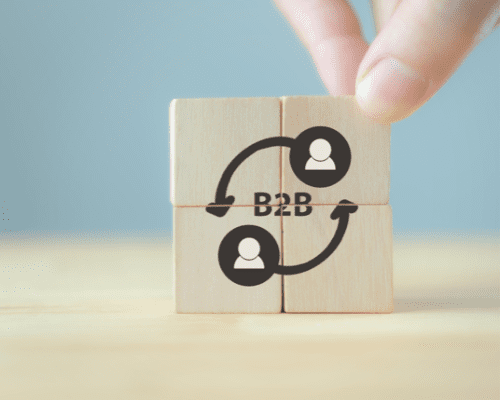‘A healthy user adoption rate supports a continuous positive feedback loop of end-user engagement and operational excellence’ – KPMG
User adoption of a new CRM system is vital to success – but convincing users of the advantages can be an uphill struggle. A low user adoption rate is one of the most common challenges of CRM implementations, in turn, many companies aren’t exploiting the full potential of their technology.
Our partners at Salesforce have extensive experience working with clients to ensure they get the best out of their CRM software. Here are their six top tips for successful CRM adoption.
1. Prepare for change management
Change management must be a top priority in CRM implementation. Identify and target the enthusiasts and early adopters – they’ll be the ones who sustain interest in the system and will encourage others. Tailor your communication strategy to them, taking into account their needs and experience of using the product.
Ask yourself: do you have leadership buy-in? Who are your end users? How are you working towards delivering a meaningful experience to them?
Encouraging users to present their own ideas is also a good way to encourage constant iteration. UK insurance company Vitality has dedicated a specific role to focus on how their CRM is used and working on improving the user experience.
2. Secure and demonstrate leadership buy-in
Make sure you keep leadership engaged in the implementation process. A top-down approach ensures that the adoption message is widely broadcast. If executives can see the value added by the platform, this will encourage buy-in from their teams.
The way you communicate your messaging to end users, such as your leaders, will be critical to the project’s future success.
As well as documenting successes, being honest about what went wrong is vital so that you can begin to iterate a solution. Using dashboards or messaging systems can be helpful for sharing data and starting conversations.
3. Know your end users
Keep your end users at the forefront throughout the adoption process – they’re the ones who can give you valuable feedback and suggest what you could do differently. Look at what people are using and how, as well as what they are not using. This can help identify training requirements.
The closer you are to your users, the more effective your implementation will be.
Use surveys and walkthroughs to get feedback, and emphasise that it’s okay to question how things are designed. When a feature request is brought up, try and examine the reason why. There may be an existing workaround, or perhaps the process being requested could be automated.
4.Keep it simple
The best way to ensure maximum adoption is to make your CRM as simple and convenient to use as possible. People can be resistant to change, but when they see the new version as an improvement, they’re more likely to view it positively.
43% of CRM users only use less than half the features of their CRM system, according to Finances Online.
Don’t overwhelm users with too many input fields when they start using the product. Eliminate unnecessary data entry whenever possible. And if your sales staff are often out of the office, make sure they can use the mobile app instead of having to wait until they’re back at their desks.
5. Deliver value
Providing your end users with an intuitive interface where they can perform tasks as easily as possible is key to achieving true value from your software. Defining your CRM metrics is your first step towards success – you can then link them to your business goals, CRM strategies, and tactics.
‘It’s all about tracking the value created by the systems your teams are using’ –Mike Williams, CRM Director, Vitality.
Make sure you keep your CRM metrics aligned with your business objectives by maintaining communication with decision-makers. Look for opportunities to add more value, such as by automating processes where applicable, or by creating new KPIs.
6. Train, learn, repeat
Training isn’t a one-off exercise: it’s an ongoing process. Class-based instruction, video training, or both may be useful, keeping in mind that users will have different learning styles and requirements.
53% of employees surveyed agreed they need better training and onboarding to use their CRM system – Salesforce’s The State of CRM report.
View training as an opportunity for continuous learning, and remember to implement a feedback cycle. Ultimately, it’s about making processes as efficient as possible, so that users can do their jobs without wasting time on repetitive data input.
With over 15 years of consulting experience, we at redk have the expertise and digital capabilities to help you choose the right CRM solution for you. Talk to us about how we can help optimise your sales performance and create customer service excellence.










